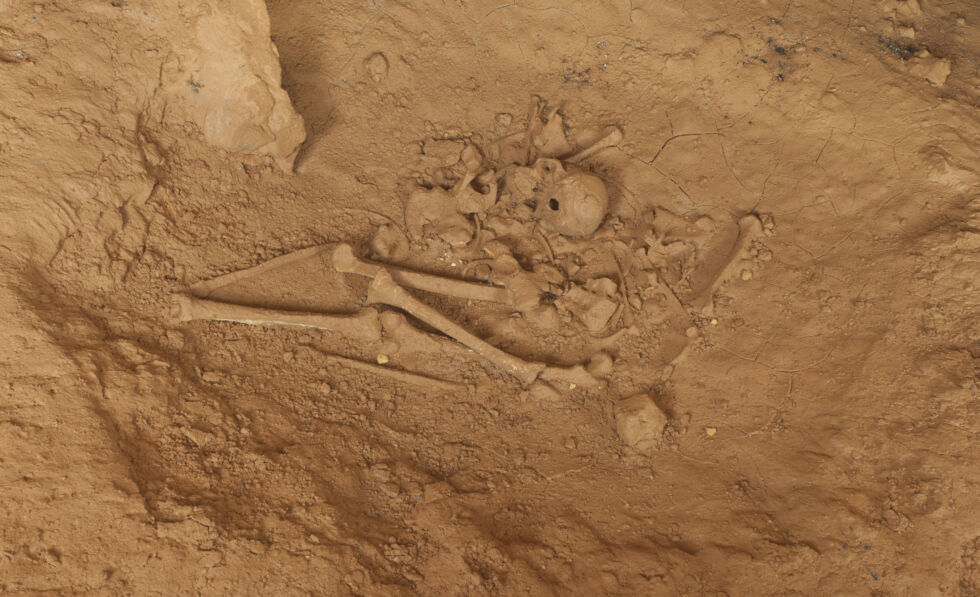Paleolithic French didn’t let their dead rest peacefully

If you died in Europe 35,000 to 25,000 years ago, you'd probably be buried with parts of your body painted with red ochre and bedecked with beads, carved figurines, and other items. Depending on your social standing, you might have just a little body art, or someone might have taken the time to paint your whole body red; you might be buried with just a few beads or with thousands.
But people in at least one part of southwestern France laid their dead to rest in abandoned bear nests in the deepest recesses of a cave-and then returned once the bodies had decomposed to carefully arrange the bones and take away the skulls.
Both a gallery and a tombBears used to make their homes in Grotte de Cussac, a karst cave in southwestern France. They left behind tracks on the floor, claw marks on the walls, and bear-sized depressions in the cave floor where they'd made their hibernation nests. (Pro tip: if you rent to bears, get a very large deposit.) But the bears left long before any human incursions," wrote University of Bordeaux archaeologist Sacha Kacki and his colleagues. Traces of human activity in the cave-footprints, torch marks, artwork, and carefully arranged skeletons-lie on top of the bear traces, and not the other way around.
Read 13 remaining paragraphs | Comments